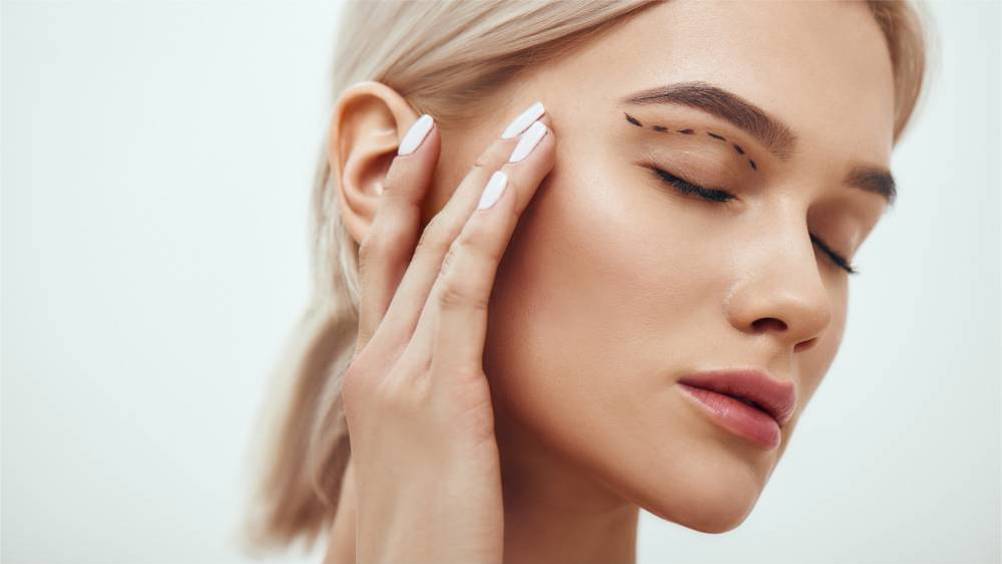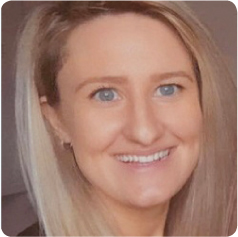References
Aesthetic tweakments: the rise of the ‘fox eye’

Abstract
The non-surgical aesthetics industry has gained momentum in the past few years due to open discussions and less downtime compared to surgical procedures. Melissa McAlees details some current trends and treatments that are being sought

Cosmetic tweakments have become one of the biggest beauty trends. From fat-dissolving injections to abdominal contouring, there are a whole host of treatments designed to refine lines, enhance features and reduce the signs of premature ageing.
As recently as 5 years ago, having ‘work done’ involved going under the knife but advancements in non-surgical procedures have meant there has been a seismic shift away from surgery.
Botox and fillers now account for nine out of 10 cosmetic procedures in the UK and are worth £2.75 billion in an industry estimated to total more than £3.6 billion (Harley Street Aesthetics, 2018).
With the ability to contour almost every part of our bodies, it seems ‘tweakments’ are no longer classed as taboo. They are openly discussed on television screens and celebrities on social media display the results.
A trend gaining huge popularity in the aesthetics industry this year is a look described as ‘fox eyes’, otherwise known as ‘designer eyes’.
Register now to continue reading
Thank you for visiting Journal of Aesthetic Nurses and reading some of our peer-reviewed resources for aesthetic nurses. To read more, please register today. You’ll enjoy the following great benefits:
What's included
-
Limited access to clinical or professional articles
-
New content and clinical newsletter updates each month


